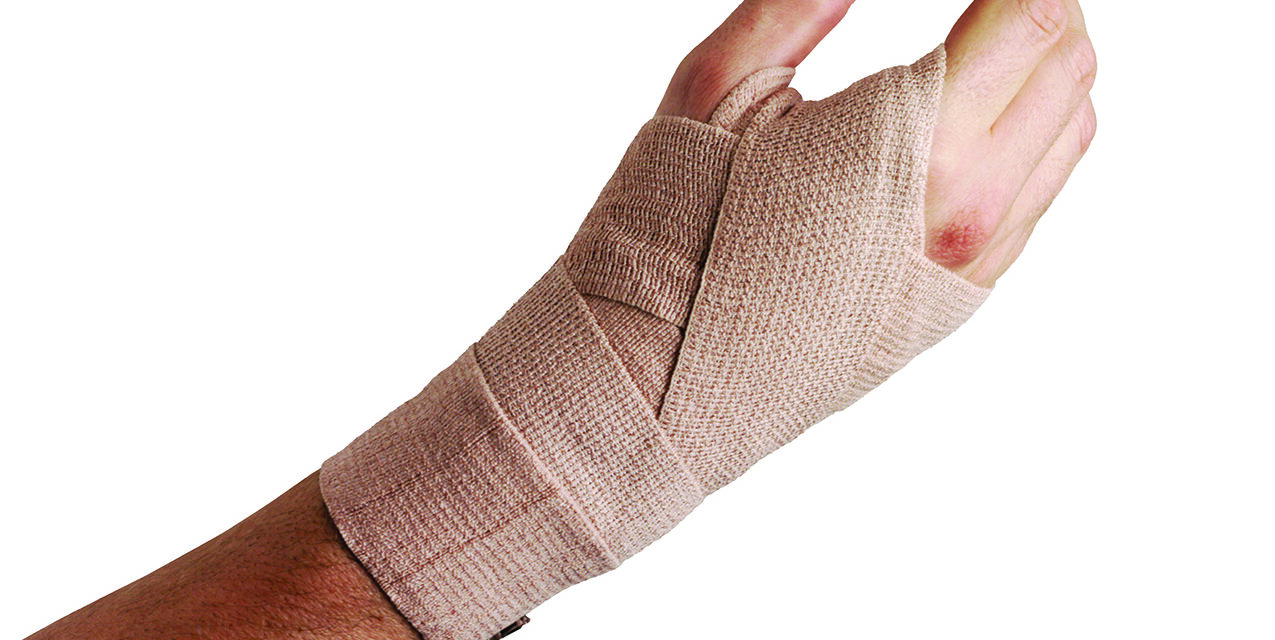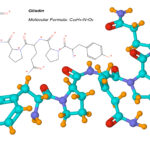Injuries can affect someone when playing sports, exercising, or engaging in less strenuous activities of daily life. Soft-tissue injuries are common and include those that affect the skin, tendons, muscles, and ligaments.
Types of soft tissue injuries. Soft-tissue injuries may result from an acute trauma (direct force) or through repetitive use, according to physicians at Excelsior Orthopaedics. There are various types of soft tissue injuries, and the following are some of the most common.
- Abrasions, lacerations, contusions, and avulsions: These are different types of skin injuries. Lacerations are cuts that open to tissue below the surface of the skin. Abrasions only affect the outermost layers of skin and, like burns, can be first-, second-, or third-degree injuries. Avulsions take out chunks of skin and potentially muscle. Contusions are bruises that cause pain, swelling, and discoloration due to bleeding into the tissue below the skin.
- Sprains: A sprain is a stretch or tear of a ligament, which is a strong band of connective tissue between bones. Ligaments help stabilize and support the joints. Knees, ankles, and wrists are most susceptible to sprains.
- Strain: A strain is an injury to a muscle or tendon, and is often caused by overuse, stretching, or force.
- Tendinitis and bursitis: Tendinitis is irritation or inflammation of a tendon, or the covering of the tendon, which is called a sheath. It results from many small stresses that repeatedly aggravate the tendon. Bursitis is a condition marked by inflammation of small, jelly-like sacs that are located throughout the body (bursae) to help reduce friction between bones and soft tissues. Many people experience bursitis and tendinitis simultaneously.
Treatment for soft-tissue injuries. In many instances, soft-tissue injuries are not serious, and recovery may not take that long. One of the first treatment methods that doctors suggest is the RICE protocol. This stands for Rest, Ice, Compression, and Elevation.
- Rest: A break from the activity that caused the soft-tissue injury is likely warranted. If the injury affects the leg, a doctor may suggest crutches to avoid bearing weight.
- Ice: Cold packs applied for around 20 minutes at a time, several times per day, can help reduce swelling and inflammation. Ice should not be directly applied to the skin, warns Excelsior Orthopaedics.
- Compression: A compression bandage can prevent additional swelling and also helps to immobilize the injured area while it heals.
- Elevation: Raising the injured area higher than the heart while resting can reduce swelling.
In the event that RICE doesn’t solve the problem, an orthopedic professional may need to perform surgery or recommend a different treatment. Physical therapy and instruction on stretching to prevent future injuries may be warranted.
Soft-tissue injuries are common and tend to be easily addressed. However, injuries to the skin, particularly those that expose tissue beneath it, may require more extensive treatment, including sutures or bandaging. A doctor will know best. Learn more at Excelsior Orthopaedics at https://www.excelsiorortho.com, or call 716-250-9999 to make an appointment at one of their locations nearest to where you live.












